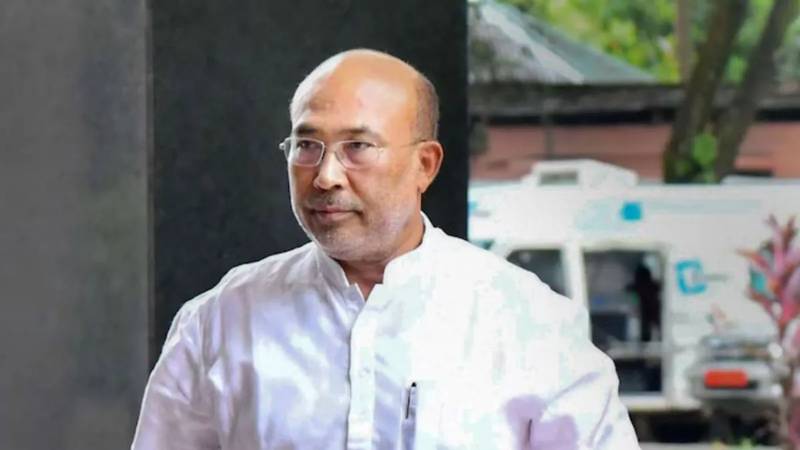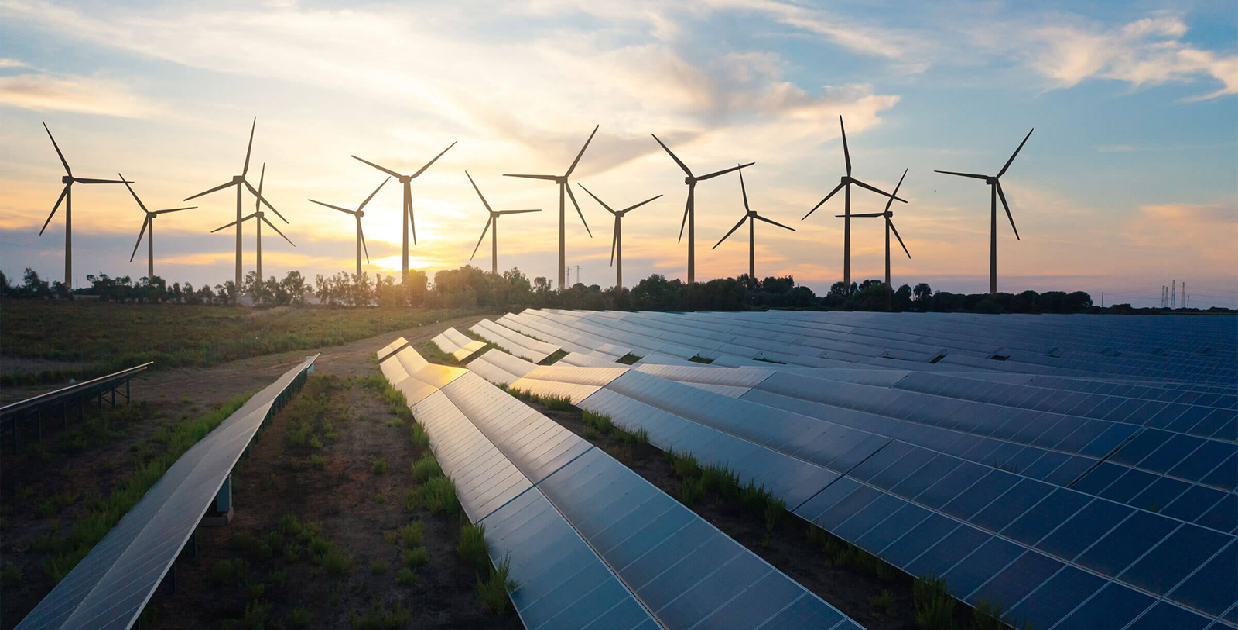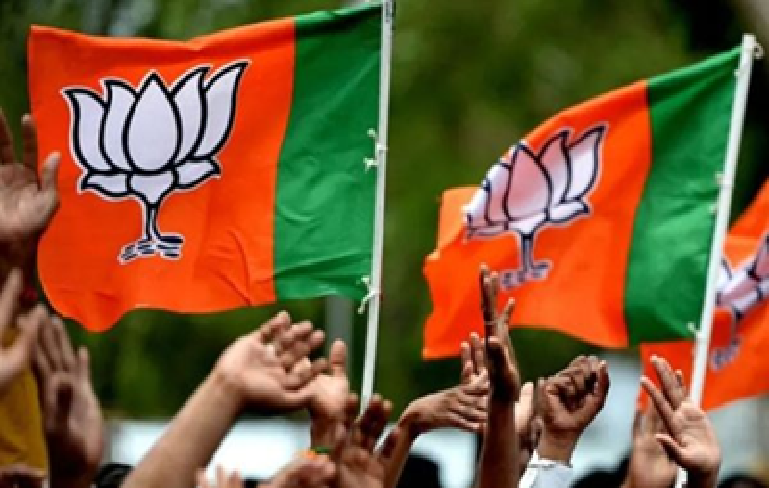.jpeg)
Unemployment, a boiling pot
In the last decade or so, there has been a lot of debate among people, industry and the political class about unemployment in the country.
The general perception is that the unemployment rate in India is growing unabated. Historically looking at the unemployment graph, India has seen significant fluctuations since 1947. The graph looks like an ECG where the heart rate is fluctuating abnormally.
From 1947-1960s, India faced challenges in employment due to partition and the need to rebuild its economy. Between 1970 and 1980, the joblessness rate was relatively stable, averaging around 2.8%.
In the 1990s, economic liberalisation and the Y2K era led to significant changes and the unemployment rate too fluctuated. The unemployment rate varied in 2000 again, with a notable increase during the global financial crisis of 2008.
By 2010, it was around 8.3% when the Congress ruled the country. The unemployment rate peaked at 6.1% in 2017-2018, the highest in 45 years under the NDA government and the war of words over the unemployment rate by the political class picked pace.
In the 2020s, the Covid pandemic caused a sharp rise in unemployment, which reached 7.86%. During the campaign for the 2024 general election, the war of words took an ugly turn with the INDIA bloc and NDA locking horns over joblessness.
The NDA government was cornered and was forced to look into the seriousness of the rapid rise of joblessness and look beyond, asking people to sell pakodas for a living. For the government, the Union Budget 2024 was a face-saving opportunity to do some tweaking.
For boosting jobs, the Finance Minister in her Budget speech announced the creation of three employment-linked incentive schemes and also hinted at the industry opting for reduced automation, and adopting a more labour-intensive approach.
A day after the Union Budget was presented, Union Finance Secretary T V Somanathan speaking to a leading business daily, stated that the NDA coalition government has come out with employment-linked schemes through the improvement of skills and asserted that skilling will provide a way to match the rising demand of the industry.
According to a report of the Ministry of Statistics and Programme Implementation, the unemployment rate in India dropped to 7.2% in the October–December quarter of 2022.
In urban areas, the unemployment rate for persons aged 15 years and above declined to 7.2% from October to December 2022 from 8.7% a year ago, according to the National Sample Survey report. The reality of the job market is that it is a very tricky affair.
The task gets complicated by the day due to factors such as automation, the rise of Artificial Intelligence, and the shedding of flab in government, private and public sectors.
According to Swaminathan S Anklesaria Iyer, a leading economist and editor, FM Sitharaman’s internship proposals are welcome but are not a very practical answer to the problem of skilling. He says India has graduates from third-rate colleges with degrees but no real skills.
They do not want bluecollar jobs and are unfit for white-collar ones. Companies complain of a shortage of good STEM graduates. He suggests that India needs an upgrade of its entire educational system. This is where the un-employability issue crops up.
The industry feels that 50% of new graduates are unemployable, which makes the unemployment graph go North. A key factor that is worrying both for the government and the common man is AI. The Economic Survey 2023 also cautioned about its impact on jobs.
LinkedIn co-founder Reid Hoffman has predicted a new trend in the job landscape. He says 9-to-5 jobs are doomed. He argues that AI will profoundly reshape the workforce, leading to the disappearance of conventional job arrangements.
He predicts that the traditional 9-to-5 jobs will become obsolete by 2034. So, the unemployment issue may continue to keep the Indian economy on the boil.
 English daily published in Bengaluru & Doha
English daily published in Bengaluru & Doha






